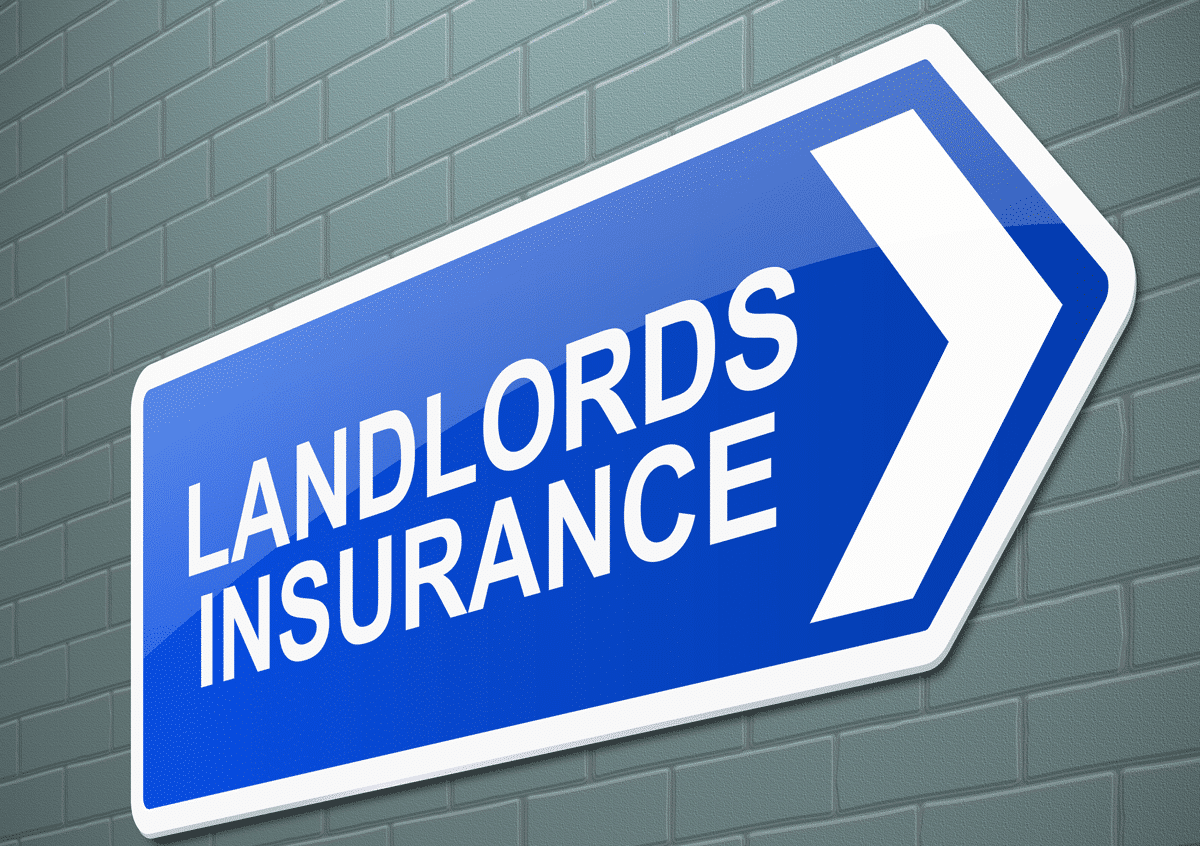Landlord insurance has long been a necessary safeguard for property owners renting out residential units, offering protection against liability, damage, and rental loss. But recent developments in the insurance industry are turning this once-routine cost into a source of financial stress—especially for small-scale landlords operating one or two rental units. Rising premiums, tighter policy exclusions, and regulatory changes are making it increasingly difficult for independent owners to manage risk affordably.
The financial strain is compounded in high-cost real estate markets where margins are already thin. In cities where prices have soared and competition is high, property owners must now absorb not only higher acquisition costs but also escalating operational liabilities. If you’re evaluating your next property or investment, you can check homes for sale in Toronto, these are available right now with price details and images to help you assess property potential alongside insurance obligations.
Rising Premiums and Narrower Coverage
Insurance premiums for landlords have surged in recent years, driven by increased claims related to climate events, tenant-related damages, and more stringent underwriting criteria. Carriers are particularly cautious in urban centers and aging housing stock, where fire, flood, and mold risks are elevated. Small landlords—unlike large institutional investors—lack the volume-based leverage to negotiate lower premiums or access to specialized commercial products.
Many insurers have also introduced narrower coverage terms, removing or reducing protection for common claims such as water damage, pest infestation, or loss of rent during vacancy. These exclusions can significantly impact a landlord’s risk posture. Small-scale owners are frequently surprised to find that policy renewals contain materially different terms than previous agreements, with little room for negotiation.
Legal Liability and Regulatory Pressure
Liability exposure is another growing concern. Landlords are increasingly being held responsible for tenant injuries, maintenance failures, and even issues caused by third-party contractors. Provinces like Ontario are tightening rental housing regulations, including requirements for timely repairs, energy efficiency, and habitability standards. These rules heighten the legal expectations placed on landlords and can influence both insurability and litigation risk.
Legal defense costs can also escalate quickly, and not all landlord insurance policies cover legal representation for disputes beyond tenant eviction or property damage. Without comprehensive coverage, a single lawsuit can result in financial devastation for a small owner. Many have found themselves forced to seek supplemental liability coverage, further increasing the financial burden.
Administrative Complexity and Claim Denials
Small landlords often lack the administrative infrastructure to manage evolving insurance documentation and claims procedures. A missed renewal, outdated certificate, or improper filing can result in denied claims. Moreover, claims are more frequently scrutinized, with insurers requiring proof of compliance with local laws, maintenance logs, and photographic evidence.
This administrative pressure disproportionately affects landlords who self-manage their properties, particularly retirees and first-time investors. Unlike professional management firms, these individuals must juggle tenant relations, repair schedules, municipal inspections, and insurance compliance with limited bandwidth. Even minor errors in documentation or reporting can invalidate a claim.
Risk Management Alternatives and Policy Reform
To counteract the rising costs, some small-scale landlords are exploring risk-sharing arrangements, self-insurance pools, or higher deductible policies. These strategies can reduce upfront premiums but shift a larger financial burden onto the owner in the event of a claim. While they offer some relief, they do not address the root cause: a market that increasingly treats small landlords as high-risk.
Policy reform may offer a long-term solution. Advocates are calling for regulatory frameworks that differentiate between institutional landlords and small-scale owners when it comes to insurance risk assessment. Some suggest government-backed insurance models or cooperative risk pools tailored to small landlords. Others argue for standardized landlord education and certification programs that could help reduce claim rates and justify lower premiums.
However, reform is slow-moving and often localized. Until broader solutions are enacted, the burden of navigating rising insurance costs and shrinking coverage will remain firmly on the shoulders of individual property owners.
Final Thoughts
Landlord insurance is no longer a passive expense—it’s an active and growing challenge for small-scale property owners. With rising premiums, complex compliance requirements, and elevated liability risks, the cost-benefit equation is shifting. Owners must now treat insurance as a core element of property strategy, not an afterthought. Staying informed and exploring emerging alternatives will be essential for maintaining financial viability in an increasingly regulated landscape.
